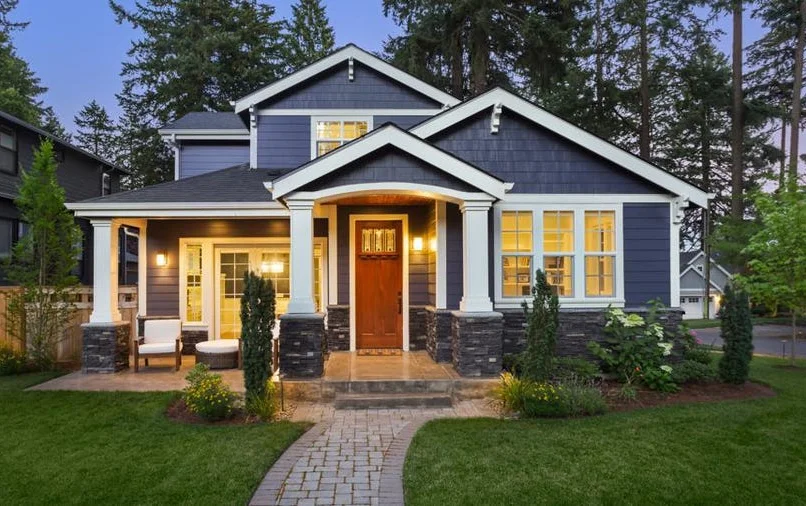Renovating a multi-family property is never a one-size-fits-all project. From budget management and code compliance to minimizing tenant disruption, a successful renovation demands precision, planning, and a deep understanding of multi-unit systems. Property owners and managers in the Dallas–Fort Worth area must juggle visual upgrades, functional repairs, and market trends to remain competitive. Taking a step-by-step approach to multi-family renovations helps ensure every dollar invested translates into lasting value, tenant satisfaction, and long-term profitability.
If you’re preparing to update your apartment complex or multi-unit rental, this guide breaks down the process into clear, manageable stages and highlights why a professional team is critical at every step.
Step 1: Assess the Current Condition of the Property
The first phase in any multi-family renovation project is a comprehensive assessment. Walk through each unit, examine shared amenities, and evaluate the structural, mechanical, and cosmetic aspects of the building. Pay attention to recurring tenant complaints and deferred maintenance issues.
This evaluation should include:
- Plumbing and electrical systems
- Roof and siding condition
- HVAC and ductwork functionality
- Safety features like handrails, staircases, smoke detectors
- Kitchen and bathroom fixtures
- Flooring, paint, and lighting
A clear understanding of what’s outdated or underperforming will help you create a renovation plan that targets both tenant experience and ROI. According to Forbes Home, identifying the right areas to update is essential to controlling project costs while maximizing property value.
Step 2: Define Your Renovation Goals and Budget
Once the assessment is complete, define what you want the renovation to achieve. Are you upgrading for energy efficiency? Looking to increase rent value? Preparing for resale or improving long-term durability?
Common renovation goals include:
- Improving tenant retention
- Increasing curb appeal
- Updating interiors to match local market expectations
- Reducing maintenance costs through energy-efficient upgrades
Establish a realistic budget with contingency funds—aiming for at least 10-15% over the projected cost to account for unexpected issues. Prioritize high-ROI improvements like kitchens, bathrooms, and HVAC systems before moving to aesthetic upgrades.
As Multifamily Executive explains, aligning your renovation goals with resident expectations is key to attracting today’s renters and staying competitive.
Step 3: Develop a Phased Renovation Plan
For occupied properties, renovations must be done with minimal tenant disruption. That’s where a phased renovation plan becomes essential. Break down the work into stages—unit by unit, floor by floor, or building by building.
This approach:
- Allows some units to remain occupied during the process
- Keeps rental income flowing
- Avoids large-scale tenant displacement
- Reduces the risk of overwhelming your contractors
Create a detailed timeline and communicate clearly with tenants about timelines, noise expectations, and access to common areas. Provide ample notice for unit-specific work and offer support, such as temporary relocation if needed.
Step 4: Secure Permits and Stay Code Compliant
All major renovations—especially those involving structural, electrical, or plumbing systems—require permits and inspections. Skipping this step can lead to fines, project delays, or insurance complications.
Work with licensed professionals who are familiar with local Dallas–Fort Worth regulations to ensure:
- Building permits are obtained
- Inspections are scheduled and passed
- Fire and safety codes are met
- ADA accessibility standards are followed in shared spaces
Failing to meet compliance can reduce the property’s value and create future legal complications, so make sure everything is documented and approved.
Step 5: Upgrade for Energy Efficiency and Market Trends
Today’s renters expect more than just a clean space—they’re looking for modern amenities, smart technology, and sustainable living options. Incorporating energy-efficient upgrades into your renovation can reduce operating costs and attract eco-conscious tenants.
Consider:
- Smart thermostats and lighting
- Energy Star-rated appliances
- Double-pane windows and improved insulation
- Low-flow faucets and dual-flush toilets
- Solar-powered outdoor lighting
Step 6: Focus on Curb Appeal and Common Areas
The exterior of your property and the condition of communal spaces often determine whether a prospective tenant signs a lease. Update signage, repaint buildings, install new lighting, and refresh landscaping. Shared spaces like laundry rooms, gyms, mail areas, and outdoor patios should feel clean, updated, and secure.
Enhancing these areas also helps build a sense of community—an increasingly important factor in tenant satisfaction and lease renewals.
Step 7: Hire Experienced Multi-Family Renovation Professionals
Executing a successful renovation across multiple units requires a coordinated effort from contractors, electricians, plumbers, and designers. Working with a team experienced in multi-family projects means timelines stay on track, budgets are respected, and tenant safety is prioritized.
Professional contractors can also help you anticipate issues that might not be visible during the initial assessment—saving you from costly mid-project surprises.
FS Renovations – Multi-Family Renovation Experts in Dallas–Fort Worth, TX
A successful apartment renovation is never accidental—it’s the result of thorough planning, skilled execution, and a vision for long-term value. At FS Renovations, we specialize in multi-family property renovations across Dallas–Fort Worth, TX, offering step-by-step guidance from initial inspections to project completion. Whether you’re upgrading units, revitalizing exteriors, or modernizing shared spaces, our team helps you get it done right—with minimal tenant disruption and maximum return on investment.

